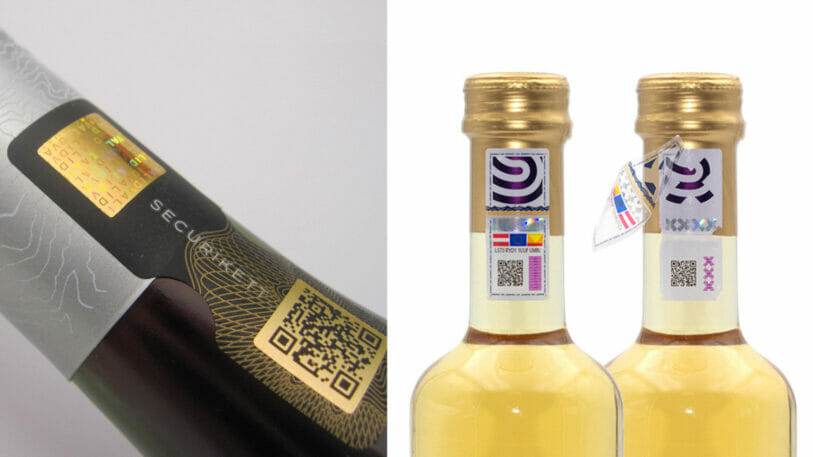How transparent does scanning commodity codes make you when buying goods? How secure is all this nonsense? You scan a product and then come back to a landing page? Consumers find it difficult to distinguish genuine digitalisations from false digitalisations at first glance. But what can be done about it? Dr Marietta Ulrich-Horn provides information about these developments.
In the world of packaging, the Internet of Things (IoT) means that every product is serialised with a unique code that gives it a unique identity: a unique QR code instead of a unique chip, so to speak. This is a mega-trend for proof of authenticity and product traceability, but it can easily lead to misguided developments. Counterfeiting systems, and duplicate codes. Which means that data protection should be thought through strategically. For many years, Dr Marietta Ulrich-Horn, Managing Director of Securikett Ulrich & Horn GmbH in Austria, has been dealing with interoperable systems in connection with IoT and provides our trade magazine with insights into different approaches to solutions.

Why is this issue so close to the heart of you and your company?
How may we understand this?
How could this be prevented?
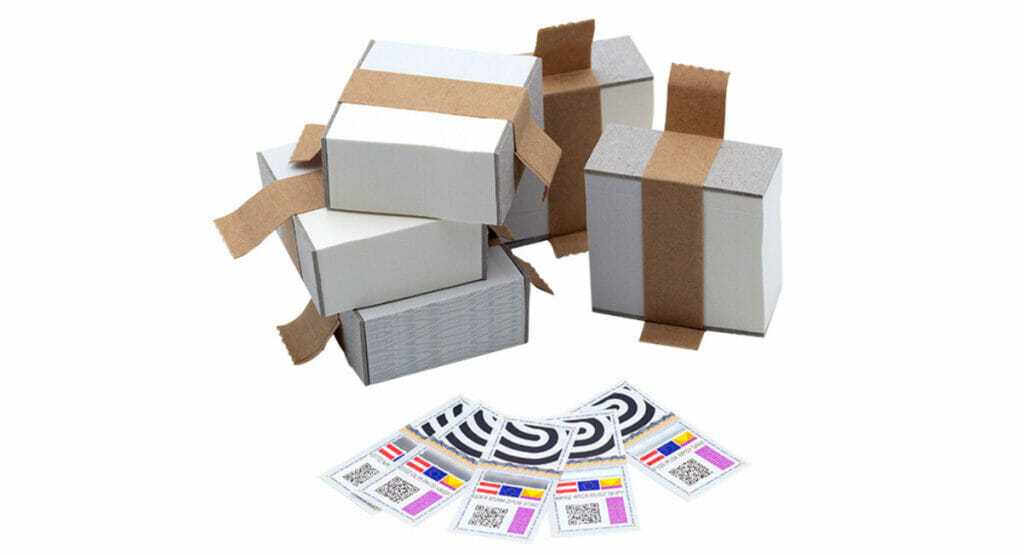
How does this work in practical implementation?
Can you give us another example of interoperability that works?
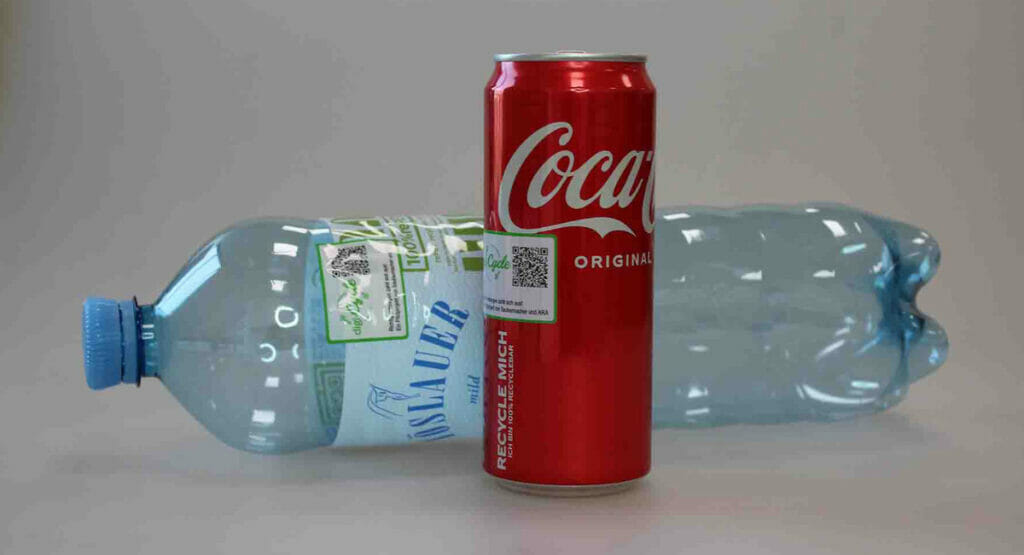
What is the aim of these solutions?
In your view, what is special about these developments, what sets them apart from others?
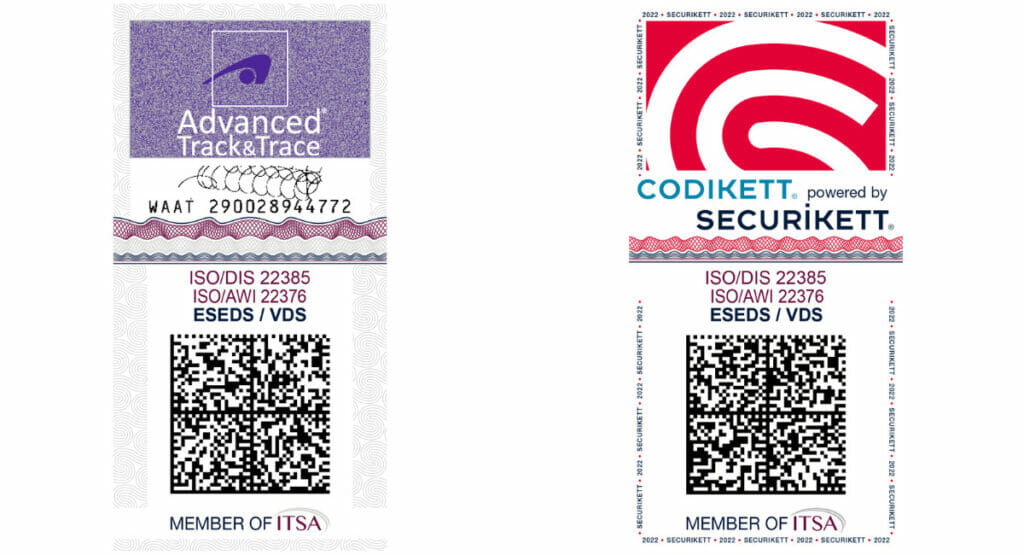
How important do you consider this development to be as a trend for the packaging industry as a whole?
More packaging news
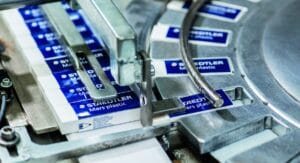
A contract with a handshake is valid
Managing director Tina Gerfer of Wilhelm Rasch Spezielmaschinenfabrik has modernized the company and successfully guided it through difficult times.
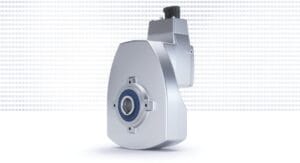
Asynchronous servo solutions for the packaging industry
From primary packaging to final packaging, electric drives play an important role. With a broad portfolio, Nord Drivesystems supports customers.
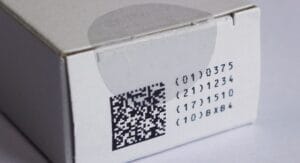
Label Durability
Labels offer many functions which can get lost due to label removal. PTS assesses labels and cardboard for durability and tamper evidence.

More design for recycling for cosmetics packaging
Packaging for decorative cosmetics is very special. The Forum Rezyklat calls for the recyclability of packaging to be taken into account when designing it.
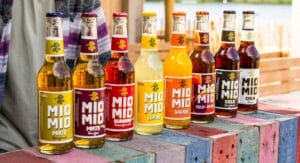
Innovation Barometer 2024
According to a survey conducted by Aktionsforum Glasverpackung 2024 is set to be a highly innovative year for glass packaging.
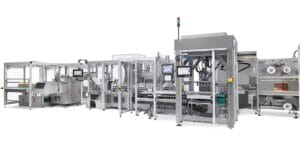
Flexible packaging system for natural cosmetics
Sustainability is part of Weleda’s identity. IWK is also contributing to this with its new flexible packaging line for many natural cosmetic products.



